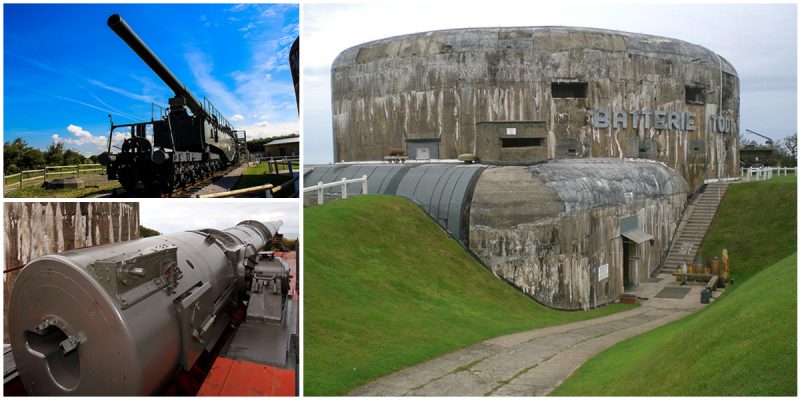Located in the hamlet of Haringzelle, Audinghen, near Cape Gris Nez, Pas de Calais, France, the Todt Battery is a battery of coastal artillery, built by the Germans during World War II.
It was one of the most important coastal fortifications of the Atlantic Wall and one of the seven biggest bunkers built to protect 380mm guns, aimed at firing on Great-Britain.
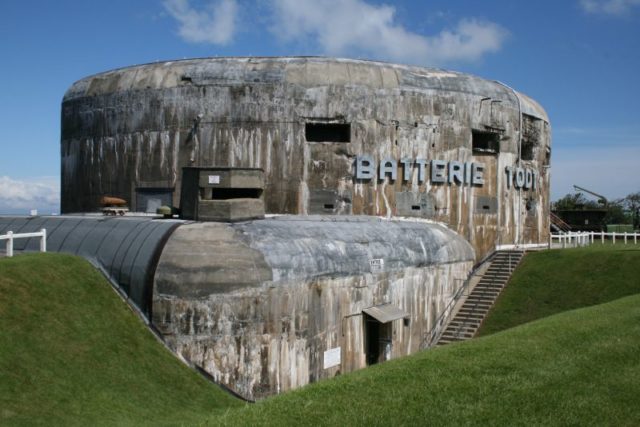
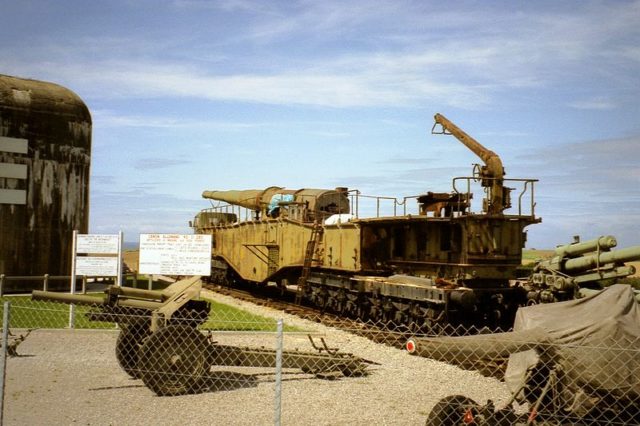
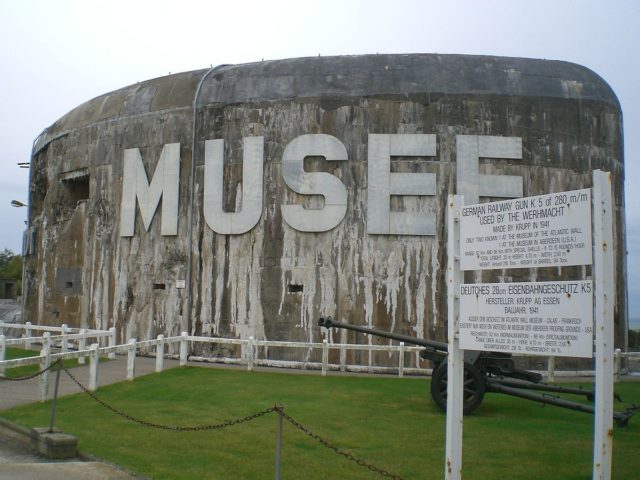
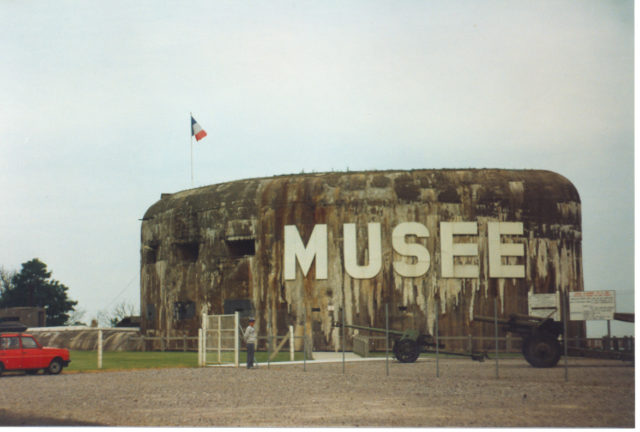

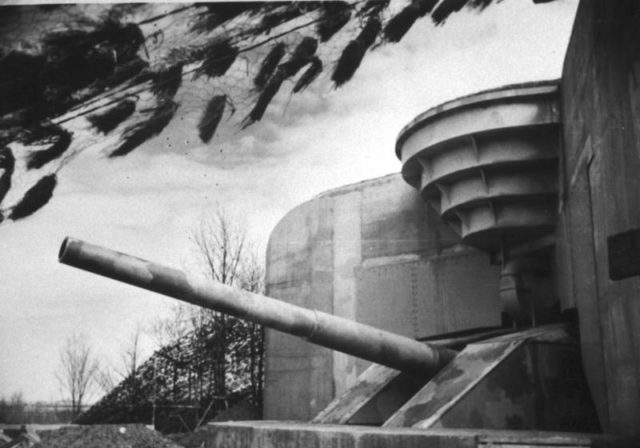
In September 1940, the Germans began the construction of a gun battery just south of the Pas de Calais, as part of their plan to invade England. Known originally as the Siegfried Battery, it was given the name “Todt Battery” in honor of the German construction engineer Fritz Todt, creator of the Todt Organisation and responsible for the construction of the Atlantic Wall; he was killed in an aircraft accident before the battery’s inauguration. Dr. Todt was also the engineer who was appointed by Hitler to build the first motorways in Germany in 1933.
The battery existed mainly out of four very large concrete tower bunkers named Turms I to IV. Each of these bunkers was equipped with a 380mm Siegfried gun that had an effective range of 55 km., which was enough for the guns to fire on the southeast coast of England, perfect to keep the Channel clear of enemy warships.
These guns weighed 111 tons, were 18m long and could fire, every 30 seconds, an 800kg (1800 lb) shell. During the three years the battery was operational, the four guns fired 200 shells each.
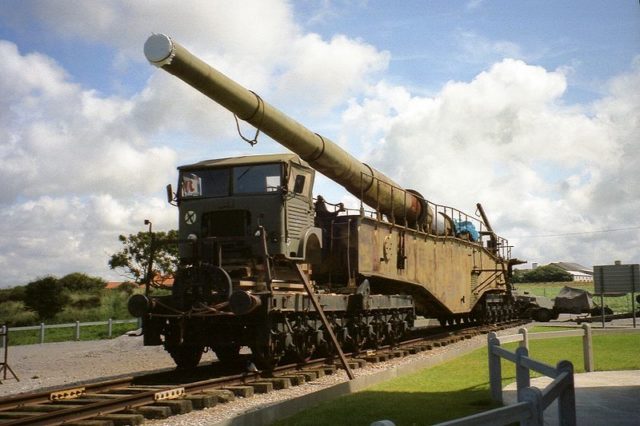
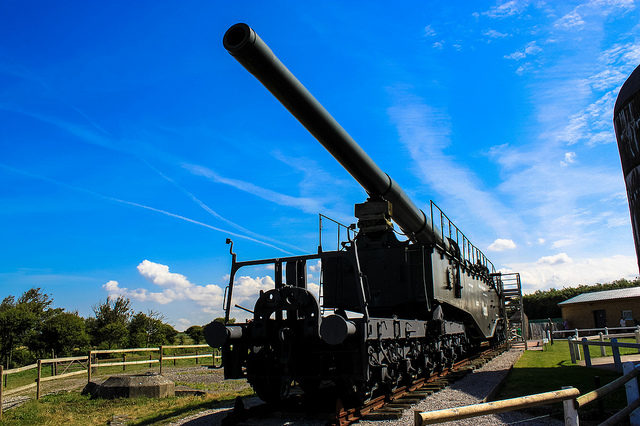

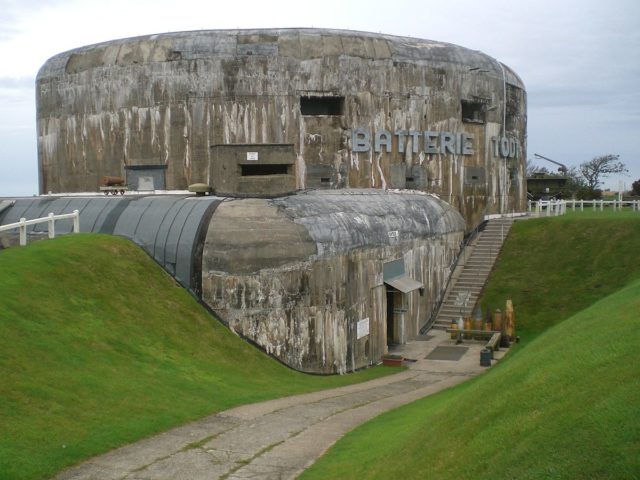
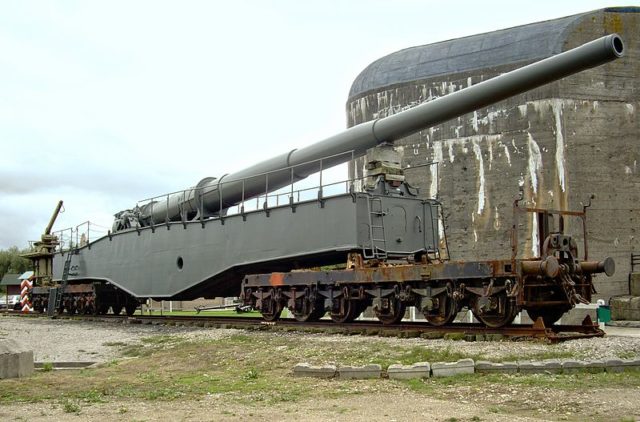
Aerial bombing was ineffective against the heavy bunkers that protected the guns. The bunkers were not damaged even after two air raids, which had dropped 2000 tons of bombs.
Finally, in September 1944, the German troops gave up and the battery was taken by Anglo-Canadian troops after an intense aerial bombardment (as part of Operation Undergo). This was followed by Canadian tanks, who also fired through the loopholes to explode the explosives stored under the bunker guns.
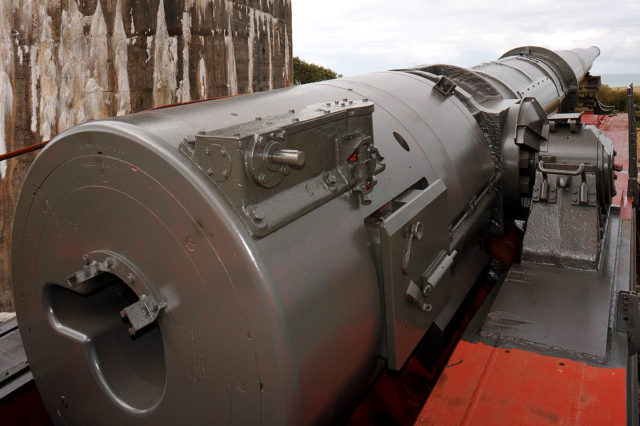
Today there is a museum in one of the gun bunkers at Battery Todt, with some models showing how the bunker looked in 1941.
Outside the museum, the main attraction is the Krupp K5 280mm railway gun, used by the Nazis throughout World War II.
